My Favorite Set-up for Using Hot Hide Glue
Hot animal hide glue is my standard adhesive in the shop mostly because it is what I used most often in my furniture restoration projects over the past forty years. I find that I use it even much of the time when I am making jigs or other non-conservation projects around the shop.
I used to find it a nuisance at these times, mostly because I didn’t want to be bothered with another brush, or wait until the pot heated up, or whatever excuse I came up with. I have come up with a routine that allows me to effortlessly employ hot hide glue for almost anything. The secrets are a ketchup bottle, a microwave set on “Defrost,” and a potpourri crock finally being used for something useful instead of spewing stink into the air.
I generally use 192 gram strength glue around the shop, and here is how I prepare and use it.
Taking my hardware-store ketchup dispenser I fill it up about 2/3 with cold water. (Cold water makes the glue granules hydrate more quickly.)
Then I add dry glue granules until the dispenser is full to the top with water, and let it sit for a while. Depending on the water temperature and my needs, this can take anywhere from an hour to overnight.
Once it is swelled it looks like this, and I either pop it in the microwave for 2-3 minutes at the Defrost setting if I am in a hurry, or into the potpourri crock if I am not. While in use I simply keep it sitting in the little crock.
The beauty of the ketchup dispenser is it makes using hot hide glue as easy as using white glue or cold liquid glue. Sometimes if I am concerned about the glue gelling too fast I will toss in a pinch or two of canning salt to suppress the gelling, but most of the time for routine shop stuff I just use it the way it is. Otherwise the mass of the molten glue in the dispenser allows me to keep using it for several minutes even after removing it from the heat source, unless the shop is really cold.
One of the things I especially like about this gluing method is it makes creating parquetry panels so much easier since I can just dab the back of the lozenge with a bit of glue before setting it down on the kraft paper backing. No fuss, but especially no muss.
There is certainly no reason I can think of to prevent you from using an empty white glue bottle for the same purpose, but be careful to keep the nozzle clean or the whole thing comes to a screeching halt.
I’ll write about that more some time soon.

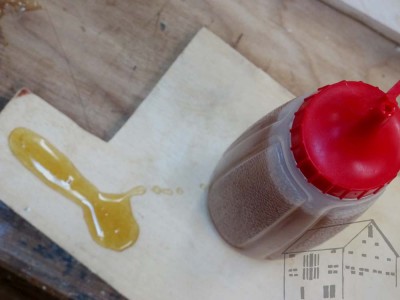
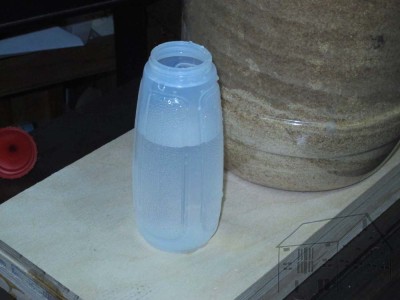
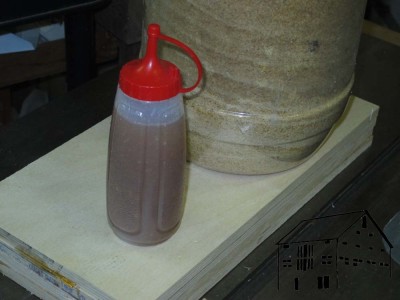
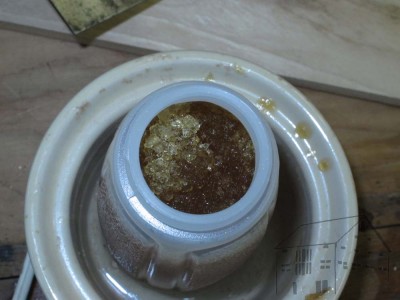
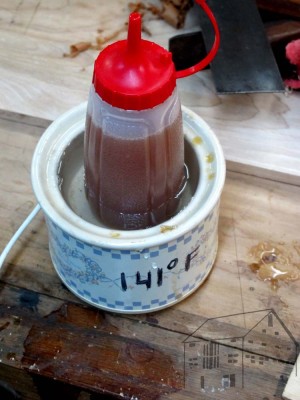

Join the Conversation!